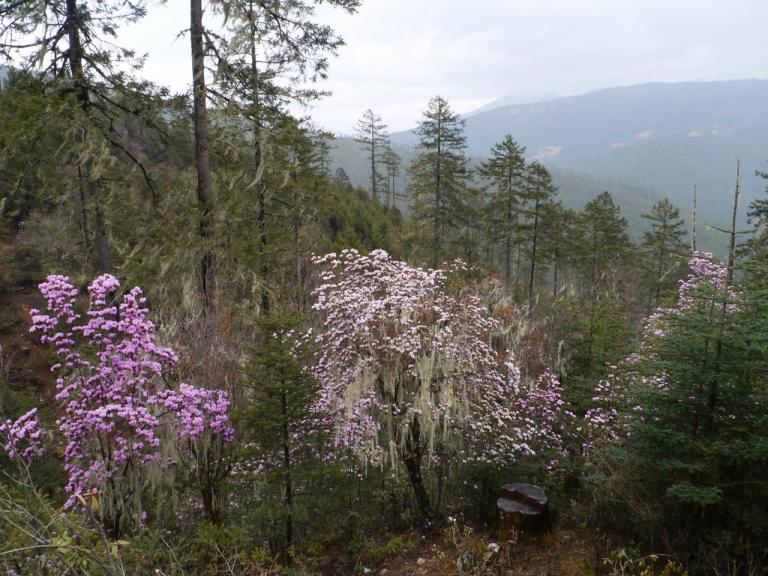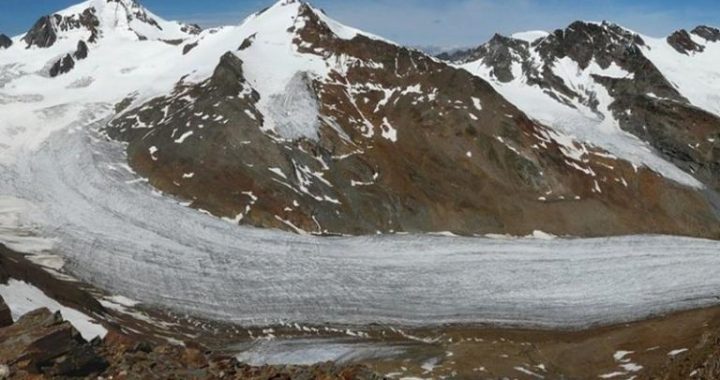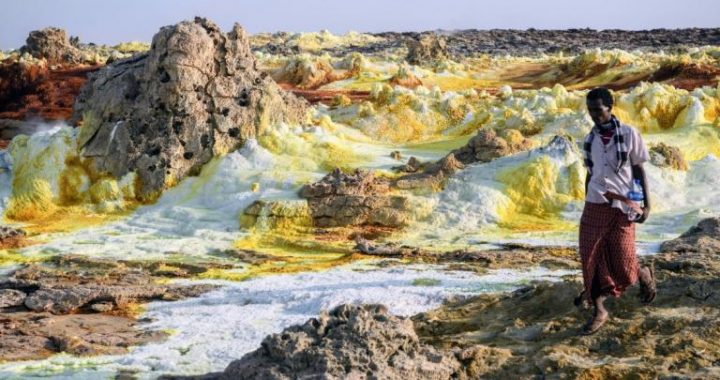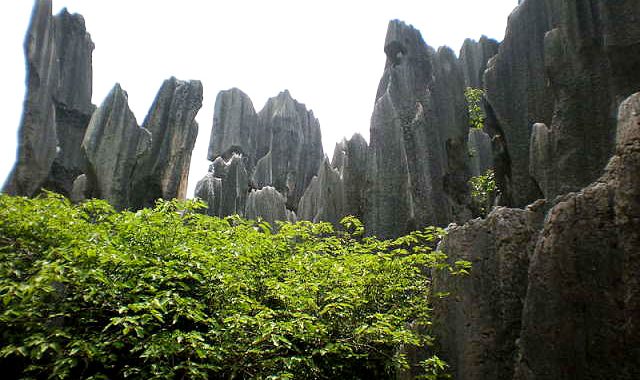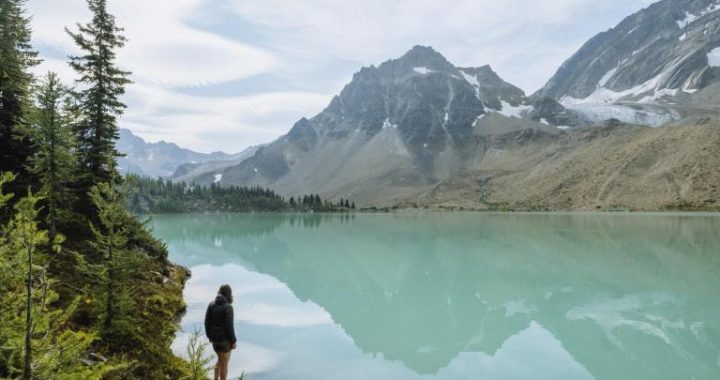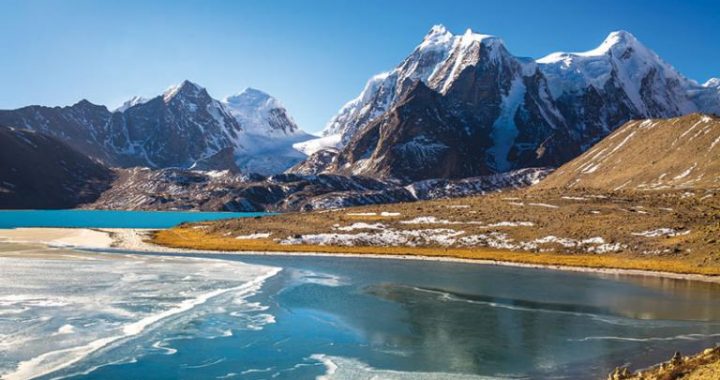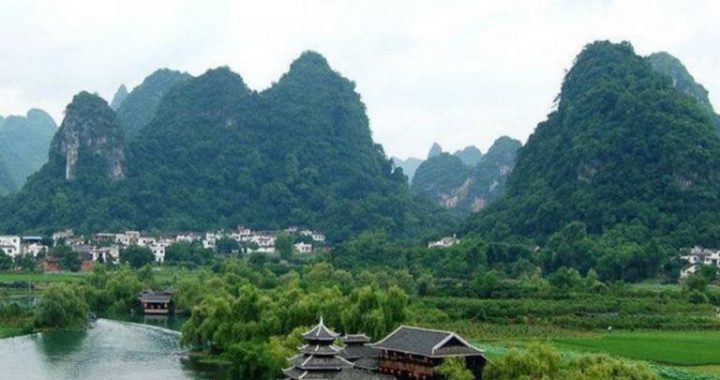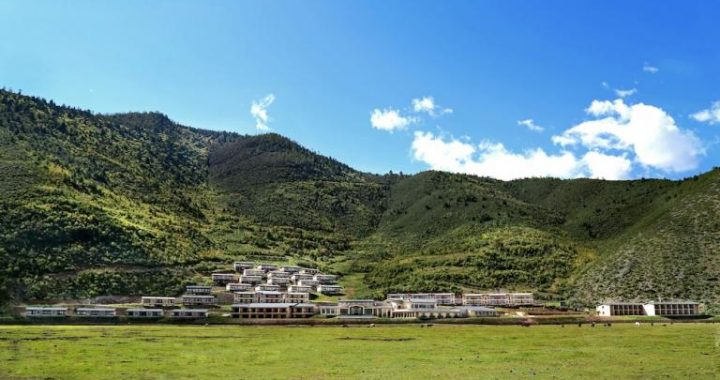Forests in Shangri-La
3 min readThe mountains of northwest Yunnan support more than 10 types Iof forest, each one occupying a unique place along two interacting environmental gradients: temperature and moisture. In this region, elevationdrives temperature. Moisture follows monsoon storm tracks and is generally higher in the west and lower in the east. At the warmest and wettest end of the spectrum is the subtropical broadleaf forest, best developed along the Nu River, the lowest elevation of the three big valleys. At the high and dry end is an unusual oak forest dominated by large trees with thick, evergreen, holly-like leaves. The Chinese call this hard-leaf oak, and it is very commonin Deqin and Shangri-La Counties. In between these extremes lies a diversity of other forest types, some occurring as major cover across the landscape and other unique types occupying small areas.
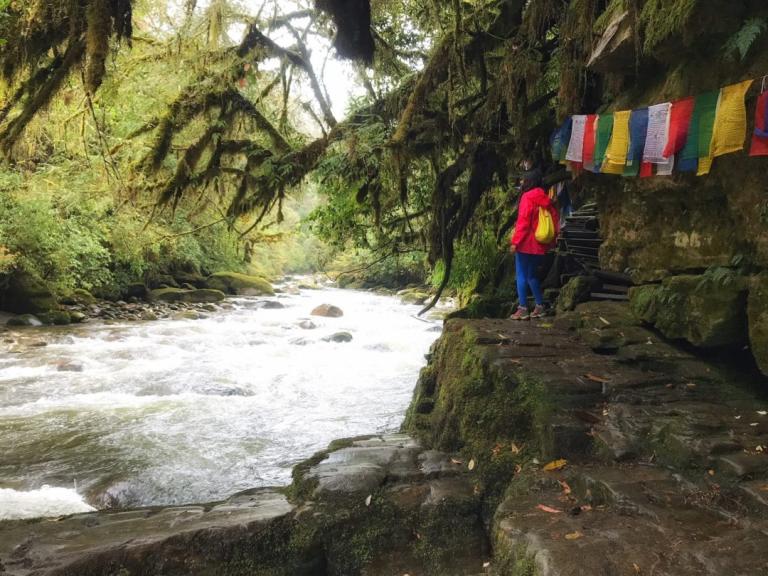
Beyond simply illustrating the diversity of forest types, however, this is a book about change. Like all other themes highlighted, the forests of northwest Yunnan have changed during the past century, although not as much as prevailing expert opinion assumes.
Here is what we at The Nature Conservancy learned about the patterns of forest change in northwest Yunnan: Overall, the cover of forest across the landscape has changed little during the past century. In nearly all scenes of land managed by local communities, the area and tree density within existing forests has remained stable or increased. These findings contradict most other accounts of forest dynamics in Yunnan and China. Most places where we documented forest loss are dominated by the Yi ethnic group or are stands clear cut by commercial logging between the 1970s and 1990s. Three main causes appear to affect the general stability of forest cover in most of northwestern Yunnan:
Fire-Wildfire appears to have been widespread during the first half of the 20th century. The climate in Yunnan is strongly seasonal. It is clear and dry during the winter and wet and humid all summer, when it rains at least a small amount every day. Because of this monsoonal pattern, wildfires ignited naturally by thunderstorms are exceedingly rare. Humans start morethan 99 percent of wildland fires in Yunnan, either on purpose, for example to maintain livestock pasture, or by accident, mostly from fire that escapedfrom burning agricultural fields. Vigorous fire suppression during the past50 years has allowed many graslands to reforest naturally and for savannas and woodlands to increase tree cover, in some cases becoming closed-canopy forests.
Local Timber Harvest-The photos clearly show that some forests have been continuously used by villagers for fuel and construction material during the past century, yet forest area and tree density have remained stable or increased in these stands. It appears, then, that traditional resource management in northwest Yunnan is more sustainable than previously thought. Resource managers need to document this indigenous ecological knowledge and incorporate it into their conservation programs to complement modern scientific knowledge.I want to distinguish, however, between timber harvest for local use and commercial logging for exportbeyond the local community. My repeat photography and other research show that the latter nearly always results in forest loss and degradation.
Agriculture-Even though village populations have noticeably increased, clearing of native vegetation for crop fields has not increased dramatically during the 20th century. In most places, crop fields have been abandoned and have subsequently reverted to native shrubland and forest vegetation.Instances in which cultivated land has increased have been small in area and located adjacent to settlements. It is commonly assumed that there has been considerable forest clearing during the past 50 years because of agricultural expansion. Repeat photographs support a different view: for most areas of northwest Yunnan, this threat to wildlife has been overstated and that deforestation due to agricultural conversion is not just a new phenomenon in the region. It dates back several centuries.Finally,a note of caution is needed here. Repeat photography of distant landscapes can easily detect changes in forest cover and density, but trends in other indicators of forest health are more difficult to observe.For example, selective tree-felling for fuel and construction material can cause compositional and structural changes inside a forest stand that affect wildlife habitat. Or heavy commercial harvest may cause the local extinction of understory plant species beneath the forest canopy. These activities arewidespread across northwest Yunnan, but are very hard to detect with repeat landscape photography.
